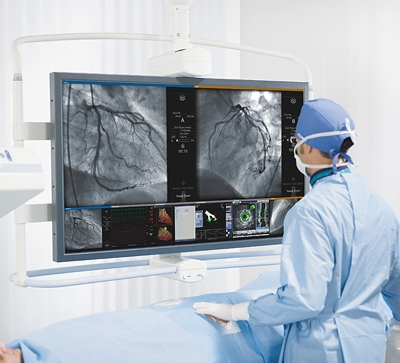CT Angiography In Dubai
At American Heart Center Dubai Healthcare City, we have the best Cardiac CT Coronary Angiography in Dubai.
Cardiac/Coronary CT Angiogram Q & A
SAME DAY APPOINTMENT
What is a Cardiac CT Angiogram (CCTA)?
In spite of its exceptional spatial resolution, temporal resolution, and diagnostic accuracy, CT Angiography in Dubai is highly effective in identifying potentially fatal coronary artery disease. This makes it an ideal test for evaluating symptomatic patients with a low to intermediate probability of obstructive coronary artery disease, as well as those with equivocal stress test results.
Coronary CTA is a non-invasive imaging modality that evaluates coronary arteries, offering results comparable to cardiac catheterization without using wires or catheters. This non-invasive check eliminates the risks associated with cardiac catheterization and uses less contrast volume than cardiac catheterization. Ambulatory patients tolerate the check properly, and the consequences are immediately available. We also find that coronary CTA is valuable for sufferers who require assessment of coronary artery bypass graft and stent patency.
Cardiac CT and CT Angiography in Dubai are also suitable alternatives for patients who cannot undergo MRI, providing detailed assessment of cardiac structures and congenital coronary heart disease, as well as non-ischemic cardiomyopathies, pericardial disorders, and vascular abnormalities.
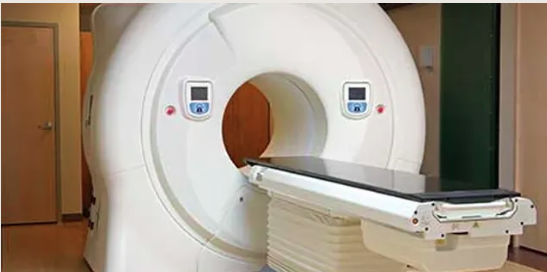
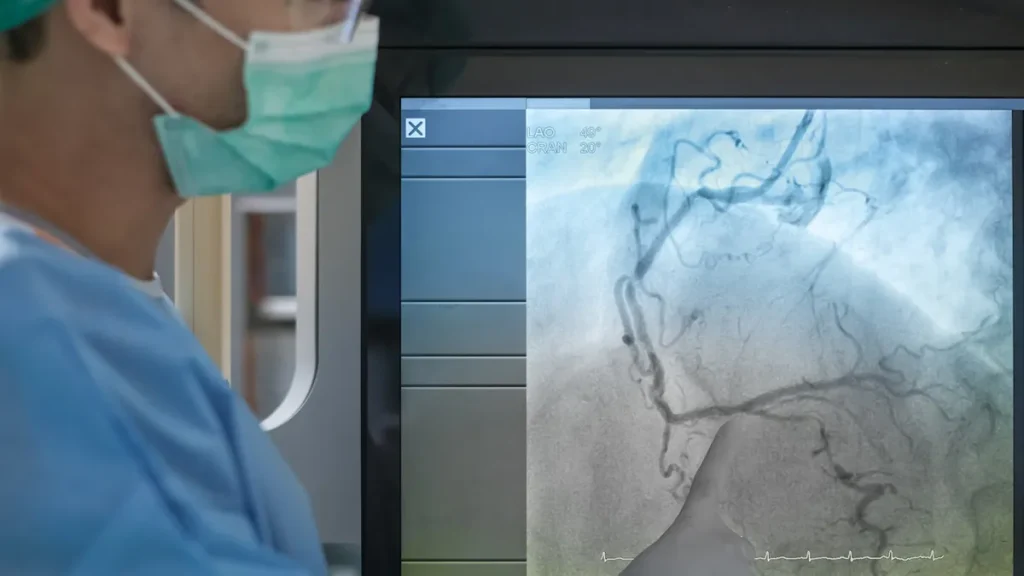
Why a CCTA is Ordered?
Chest Pain
Shortness of Breath
Cardiac Evaluation
Calcium Scoring for Heart Attack Risk and Plaque
Suspected or Confirmed Coronary Artery Disease
Newly Diagnosed Cardiomyopathy
Suspected Pericardial Mass
Vein Mapping Before Device Implant
How CCTA is similar to or different from a stress test?
Stress tests and CT Angiography in Dubai are essential for evaluating heart function. Stress tests examine the electrical activity of the heart and its muscle performance or blood flow patterns while the heart is under stress from exercise. They help detect areas of reduced blood flow, which may indicate a coronary artery blockage, complementing the detailed anatomical insights provided by CT Angiography.
A CCTA takes pictures of the coronary arteries themselves and might provide a percentage of the amount of blockage. This test usually provides an evaluation that helps view the images more clearly.
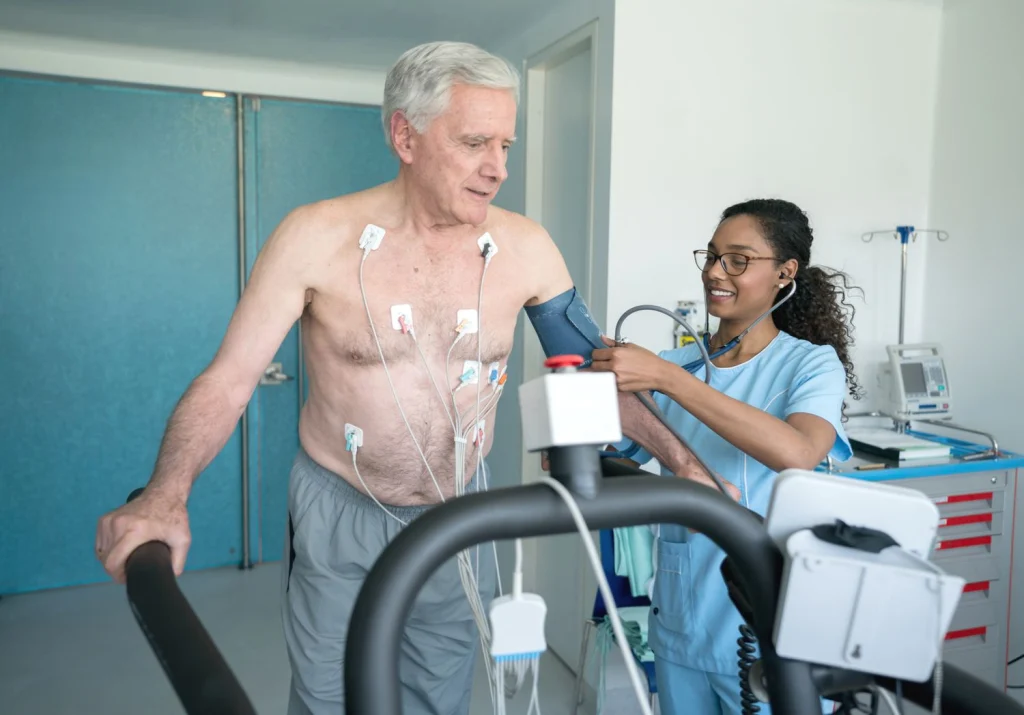
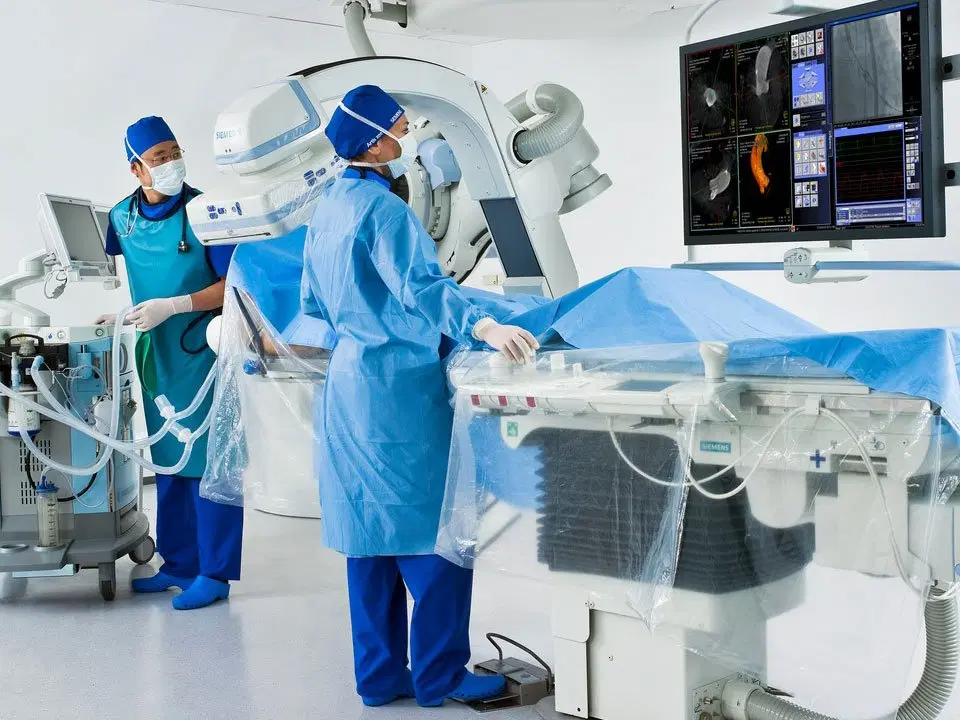
How do I prepare for a CCTA?
Before undergoing CT Angiography in Dubai, your doctor may advise you to avoid eating or drinking for several hours prior to the test. Your doctor may also ask you to refrain from exercising or consuming caffeine. Be sure to inform your doctor if you have a history of heart disease, allergies, current illnesses, or any other medical conditions.
You should allow your doctor to realize in case you are pregnant, may be pregnant, or are breastfeeding before scheduling a CCTA. Please tell your doctor about medicines you are taking.
Remove any glasses, earrings, piercings, jewelry, or steel items, as they may interfere with the images produced with the aid of the CT scan.
How is a CCTA performed?
During a CT Angiography in Dubai (CCTA), your nurse or technologist will guide you to lie on the CT scanner table. Your healthcare team will place small electrodes (plastic disks) on your chest and connect them to an electrocardiograph (ECG), which continuously records your heart’s electrical signals at rest.
The nurse or technician will insert an IV line containing the evaluation material through your arm or hand. As the table moves through the scanner, it will take several images at different angles for unique imaging. The nurse or technician may additionally ask you to hold your breath and continue to be still. As mild frame moves may additionally impact the quality of the imaging produced by using the best CT angiography machine in Dubai.
To minimize heart motion during imaging, your doctor will ask you to take medications that lower your heart rate before the procedure, usually prescribed drugs such as beta blockers. You may also take nitroglycerin just before scanning to make your arteries more visible.
After a CCTA, the nurse or technician will dispose of the IV, and you can return to ordinary daily activities. Your results can be tested by way of a radiologist, a medical doctor who translates radiology tests and could speak the findings along with your medical doctor.
